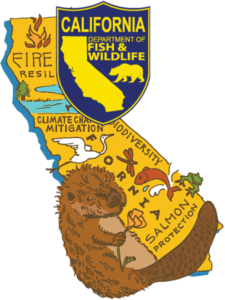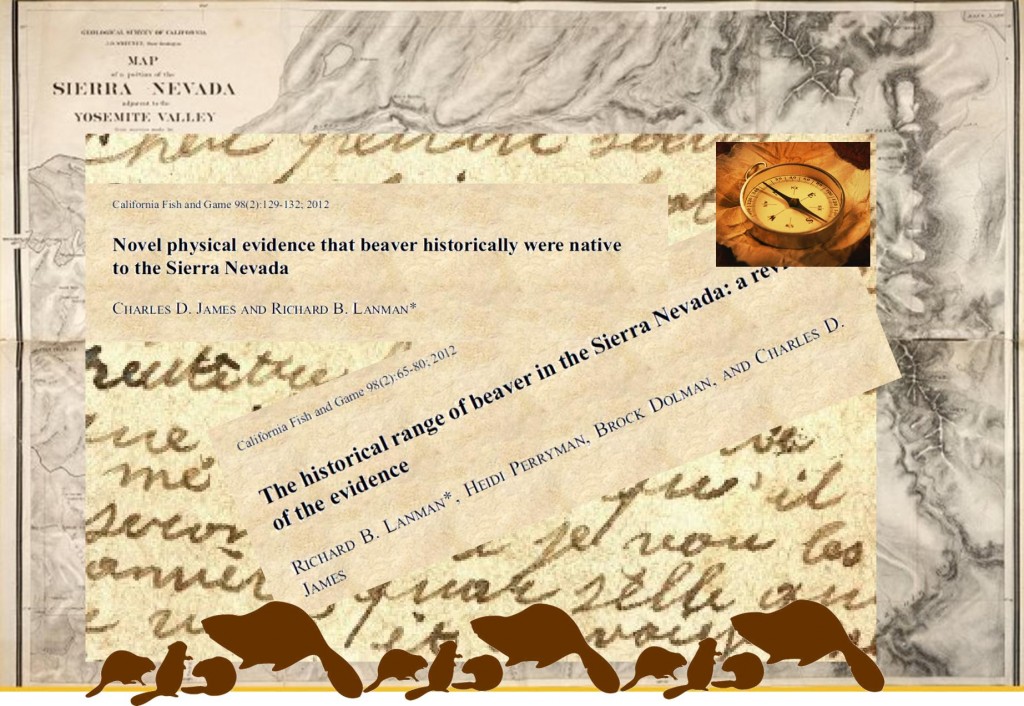The Beaver Bill AB 64 came up for review in today’s California Assembly this morning. I was particularly interested in some of the changes and additions they made and thought you might be too. I missed the hearing but believe it may be online tomorrow.
came up for review in today’s California Assembly this morning. I was particularly interested in some of the changes and additions they made and thought you might be too. I missed the hearing but believe it may be online tomorrow.
(i) Beaver restoration includes coexistence, habitat enhancement and expansion, process-based mimicry, and relocation.
That right there is a Major addition. Restoration doesn’t just mean moving nuisance beavers. It means MARTINEZ and FAIRFIELD and SONOMA and DODY RESERVE and TAHOE every that flow devices have been installed and trees have been wrapped. Everywhere that BDAs have been installed.
(B) If the request for alteration is approved, the landowner shall be responsible for monitoring the parts of the upstream and downstream that reside of the altered beaver dam on their property for stranded fish in isolated pools. The department shall provide guidance to the landowner regarding monitoring requirements. The landowner shall make a good-faith good faith effort to capture and safely move all stranded or isolated fish to the nearest free-flowing water.
So There.
4030. (a) The department shall, through consultation with beaver restoration program partners, develop a program to promote beaver restoration across California by revising policies and guidelines relating to beavers, coordinating restoration efforts, proactively mitigating human-beaver conflict, and relocating beavers into watersheds.
(b) No later than January 1, 2025, the department shall expand the program described in subdivision (a) to do both of the following:
(1) Develop a required training for the capture, handling, transport, and release of beavers on public and private lands.
(2) Develop a licensing scheme that includes the issuance and administration of permits for the capture, handling, transport, and release of beavers on public and private lands. Any costs imposed shall not exceed the reasonable costs to the department for the implementation and administration of the licensing scheme.
(c) Nothing in this article shall be interpreted to imply that federally recognized tribes shall be required to obtain training or a permit to capture, handle, transport, or release beavers on lands held in federal trust for a tribe’s benefit.
(d) As used in this article, “beaver restoration program partners” means federal agencies, nonprofit organizations, federally recognized tribes, nonfederally recognized California Native American tribes included on the contact list maintained by the Native American Heritage Commission, academic programs, and other entities.
Get on it already, It’s practically May.
This remains my VERY FAVORITE PART of this bill because I am proud for my own kittle role in proving it to their satisfaction”
(a) The North American Beaver (Castor canadensis) is a keystone species that is native to California and was once prevalent in watersheds throughout the state.







































